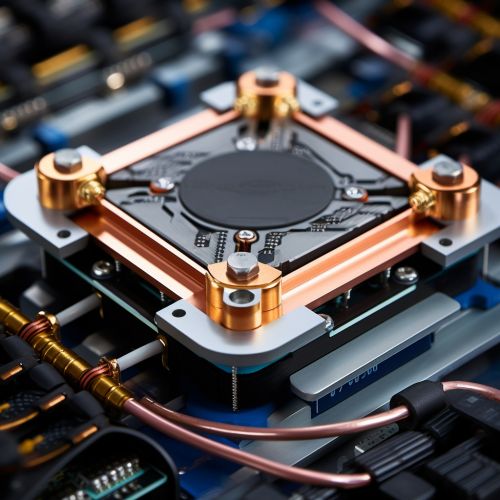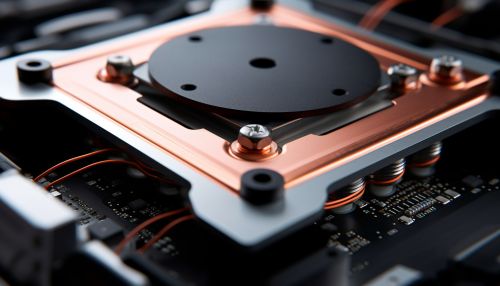Thermoelectric Effect
Introduction
The thermoelectric effect is a phenomenon in which a temperature difference across a conductor or semiconductor material creates an electric potential difference, or voltage. This effect is a combination of three primary effects: the Seebeck effect, the Peltier effect, and the Thomson effect. These effects are interconnected and form the basis for thermoelectric devices, which can convert thermal energy into electrical energy and vice versa.


Seebeck Effect
The Seebeck effect is the conversion of temperature differences directly into electricity. It was discovered in 1821 by German physicist Thomas Johann Seebeck, who found that a circuit made from two dissimilar metals, with junctions at different temperatures, would deflect a compass needle. This deflection was due to an electric current flowing in the circuit, caused by the temperature difference between the junctions.
Peltier Effect
The Peltier effect is the converse of the Seebeck effect. It was discovered in 1834 by French physicist Jean Charles Athanase Peltier. The Peltier effect describes the occurrence of heating or cooling at an electrically-biased junction of two different conductors. When an electric current is passed through a circuit made of two dissimilar metals, heat is absorbed or released at the junctions, depending on the direction of the current flow.
Thomson Effect
The Thomson effect, discovered by Lord Kelvin in 1851, is a variation of the Seebeck and Peltier effects. It describes the heating or cooling of a current-carrying conductor with a temperature gradient. According to the Thomson effect, heat is absorbed or emitted along the path of the current, depending on the direction of the current and the temperature gradient.
Thermoelectric Devices
Thermoelectric devices exploit the thermoelectric effect for practical applications. These devices are typically made of semiconductor materials and can operate as thermoelectric generators or thermoelectric coolers.
Thermoelectric Generators
Thermoelectric generators (TEGs) convert heat directly into electricity. They operate on the Seebeck effect, using a temperature difference across the device to generate a voltage. TEGs are used in a variety of applications, from power generation in space probes to waste heat recovery in industrial processes.
Thermoelectric Coolers
Thermoelectric coolers (TECs), also known as Peltier coolers, use the Peltier effect to create a heat flux between the junction of two different types of materials. TECs are used in applications where precise temperature control is required, such as in scientific instruments, microprocessors, and portable coolers.
Thermoelectric Materials
The efficiency of thermoelectric devices depends on the properties of the thermoelectric materials used. These materials should have a high Seebeck coefficient, high electrical conductivity, and low thermal conductivity. Various types of semiconductors, including bismuth telluride, lead telluride, and silicon germanium, are commonly used in thermoelectric devices.
Challenges and Future Directions
Despite their potential, the widespread use of thermoelectric devices is limited by their low efficiency and high cost. Research is ongoing to improve the performance of thermoelectric materials and to develop new materials with enhanced thermoelectric properties. Future directions include the use of nanostructured materials and complex crystal structures, which have shown promise in enhancing the thermoelectric performance.
